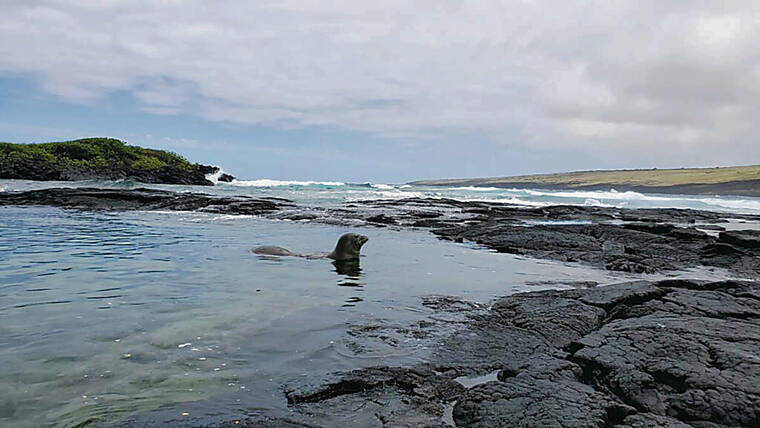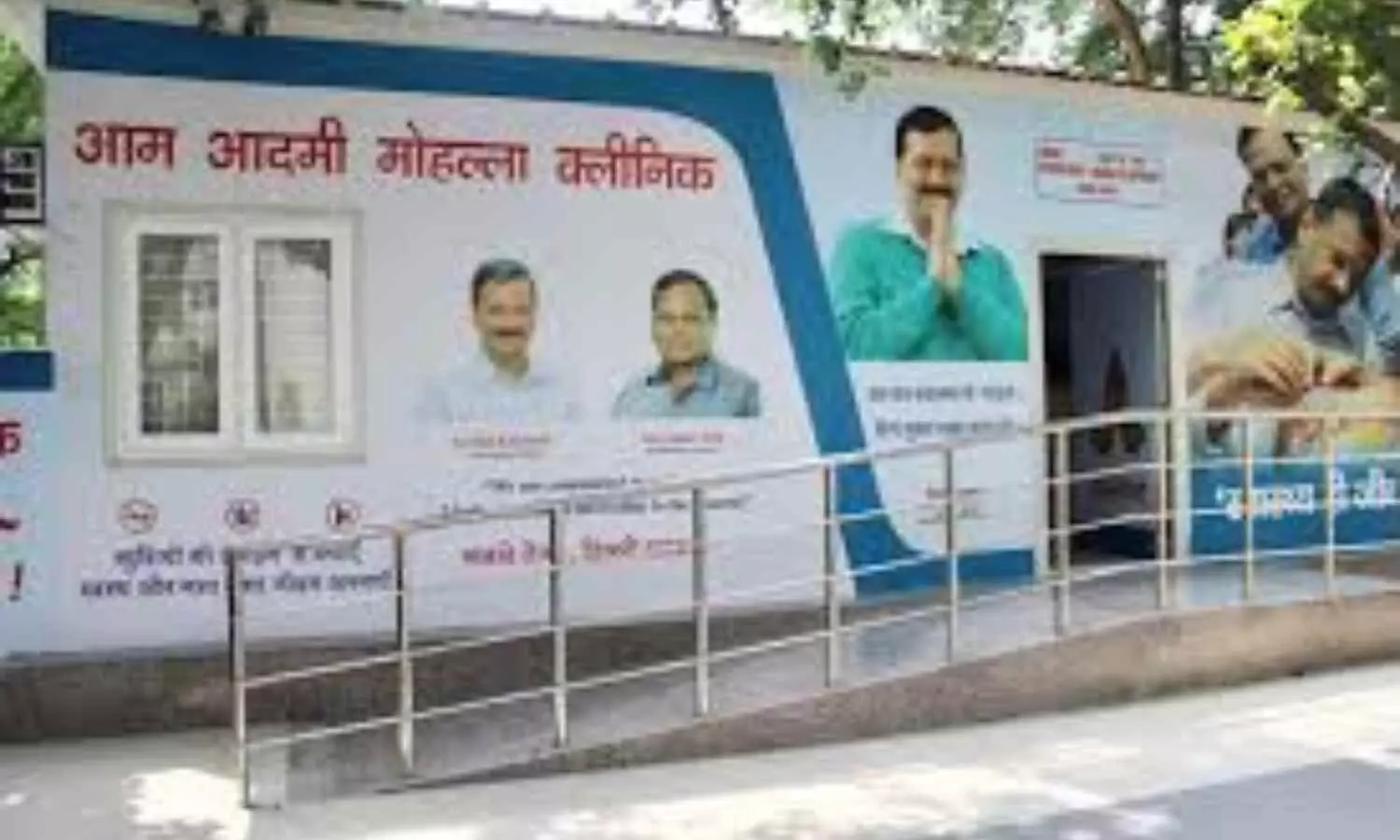Copyright staradvertiser

Hawaii’s Department of Health (DOH) this month fined a developer an attention-getting $2.4 million for allegedly filling in more than an acre of wetlands within a Kaneohe residential subdivision project, violating the state’s clean-water law — in 2015. The 10-year lag between alleged violation and state Notice of Violation and Order (NOVO), issued Oct. 6, drew attention too, along with comments about government’s glacial pace. But the saga has a legally contentious backstory, tied to disputes at the highest level over the federal government’s responsibility to protect wetlands, and hinging on whether certain watery areas qualify as “Waters of the United States” (WOTUS). In 2023, a U.S. Supreme Court decision excluded a whole lot of wetlands nationwide from federal purview, from small areas like the Kaneohe site to far more extensive environments. That passes the obligation to protect wetlands that aren’t WOTUS to the states. Now it’s up to the state DOH, which must assertively investigate and act on clean water or environmental violations in its jurisdiction. For those who may take federal withdrawal from oversight as a signal that it’s OK to dump dirt — or worse — in wetlands, this large fine against Wailehua I, LLC properly sends a message: It’s not OK, and if you do it, you will pay. That’s to be applauded. However, there’s been a years-long delay in pressing this case, and a federal agency did the preliminary fact-gathering. The state’s future actions will prove whether it has accepted the responsibility to investigate other clean water violations or be firm with penalties. Here, the state found that the developer violated state water pollution laws 120 times — each day between Oct. 27, 2015, and Feb. 23, 2016, by using soil from another project and construction materials as fill. This threatens Hawaii’s water quality and ecosystem health by destroying wetlands, which play an important role in filtering pollutants, absorbing stormwater and supporting native wildlife. Developer Wailehua I, LLC has contested the fine and requested a hearing. The saga is amusing, in abstract: a 10-year bureaucratic back-and-forth over definitions and regulations. But in reality, it’s been a dead serious and ferociously fought argument over federal regulatory power and environmental protections — with antiregulation interests on one side, and those advocating for strict federal rules that apply nationwide on the other. In Hawaii, and in this case, these definitions control whether federal entities such as the U.S. Army Corps of Engineers (USACE) or Environmental Protection Agency (EPA) step in to enforce protections against water pollution or destruction of wetland environments. And deferring to federal agencies is a backstop that’s often been relied upon in Hawaii, which is perennially short on state and local government resources. The Kaneohe wetlands were considered federally protected WOTUS in 2015 under regulations issued during Barack Obama’s presidency, defining WOTUS to include “adjacent wetlands” near bodies of water such as Kaneohe Bay or its tributaries. Aerial imagery showed that the wetlands had been filled, and USACE issued a notice of violation. But in 2016, Donald Trump was elected president, and in 2020, the EPA issued a new rule, defining WOTUS more restrictively. Soon after, USACE withdrew its NOVO, referring the case to Hawaii’s DOH in 2021. The regulatory jousting delayed federal action on Kaneohe’s 1.2-acre wetlands case, but even after it went to DOH and its Clean Water Branch, national battles continued. In 2023, the Biden administration issued a new rule with its own parameters. Months later, however, the U.S. Supreme Court decision Sackett v. EPA upended the regulatory environment altogether, limiting the definition of WOTUS to “features that are described in ordinary parlance as streams, oceans, rivers, and lakes,” and including only wetlands directly connected to them. With federal protections restricted, Hawaii must adjust, and fill the gaps to protect clean water.



